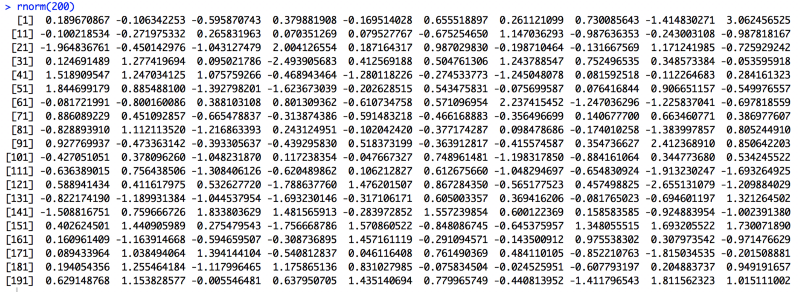Openssl Generate Aes Key From Passphrase
Posted : admin On 17.04.2020- I got an assignment to decrypt a binary file which is encrypted using aes. I have a 32 byte binary file which is a key for decryption. I know how to decrypt if the key is a passphrase by using. Openssl enc -d -aes-256-cbc -in file.out In this case, the key is a binary file. How do I use it?
- Ways to generate symmetric and asymmetric keys. An AES-128 expects a key of 128 bit, 16 byte. To generate such a key, use OpenSSL as: openssl rand 16 myaes.key.
- To then obtain the matching public key, you need to use openssl rsa, supplying the same passphrase with the -passin parameter as was used to encrypt the private key: openssl rsa -passin file:passphrase.txt -pubout (This expects the encrypted private key on standard input - you can instead read it from a file using -in ).
- Openssl Pkcs12 Password Argument
- Openssl Passin
- Openssl Create Private Key Without Passphrase
- Openssl Generate Aes Key From Passphrase Windows 10
- Openssl Generate Aes Key From Passphrase Pdf
May 30, 2017 书接上回。在《LDAP 密码加密方式初探》一文中,使用 OpenSSL 命令 AES 算法加密解密时,都用到了 Key 和 IV 参数,那么这两个参数是如何生成的呢? 仍然以 AES-256-CBC 开始探. The openssl program provides a rich variety of commands, each of which often has a wealth of options and arguments. Many commands use an external configuration file for some or all of their arguments and have a -config option to specify that file. The environment variable OPENSSLCONF can be used to specify the location of the configuration file. If the environment variable is not specified, a. Nov 30, 2011 OpenSSL AES CBC 256 in.NET for interop with Ruby. GitHub Gist: instantly share code, notes, and snippets. I'm interested in knowing how and where OpenSSL inserts the generated salt on an AES encrypted data. Im encrypting data in Java classes and need to guarantee that I can use OpenSSL to decrypt.
Symmetic encryption
For symmetic encryption, you can use the following:
To encrypt:
To decrypt:
Asymmetric encryption
For Asymmetric encryption you must first generate your private key and extract the public key.
To encrypt:
13, 407, 807, 929, 942, 597, 099, 574, 024, 998, 205,846, 127, 479, 365, 820, 592, 393, 377, 723, 561, 443,721, 764, 030, 073, 546, 976, 801, 874, 298, 166, 903,427, 690, 031, 858, 186, 486, 050, 853, 753, 882, 811,946, 569, 946, 433, 649, 060, 084, 096As far as the crypto experts know, the only workable 'attack' on the Rijndael (AES) cipher lying at the heart of this system is 'brute force' — which means trying each one of those many combinations of 512 bits. In other words, the passwords being generated by GRC's server and presented for your exclusive use on this page, are safe. DETECT “SECURE” CONNECTION INTERCEPTION with GRC's NEW!!Generating long, high-quality random passwords isnot simple. 
To decrypt:
Encripting files
Openssl Pkcs12 Password Argument
You can't directly encrypt a large file using rsautl. Instead, do the following:
- Generate a key using
openssl rand, e.g.openssl rand 32 -out keyfile. - Encrypt the key file using
openssl rsautl. - Encrypt the data using
openssl enc, using the generated key from step 1. - Package the encrypted key file with the encrypted data. The recipient will need to decrypt the key with their private key, then decrypt the data with the resulting key.
Ultimate solution for safe and high secured encode anyone file in OpenSSL and command-line:
Private key generation (encrypted private key):
With unecrypted private key:
With encrypted private key:
With existing encrypted (unecrypted) private key:
Openssl Passin
Encrypt a file
Encrypt binary file:
Encrypt text file:
What is what:
smime— ssl command for S/MIME utility (smime(1)).-encrypt— chosen method for file process.-binary— use safe file process. Normally the input message is converted to 'canonical' format as required by the S/MIME specification, this switch disable it. It is necessary for all binary files (like a images, sounds, ZIP archives).-aes-256-cbc— chosen cipher AES in 256 bit for encryption (strong). If not specified 40 bit RC2 is used (very weak). (Supported ciphers).-in plainfile.zip— input file name.-out encrypted.zip.enc— output file name.-outform DER— encode output file as binary. If is not specified, file is encoded by base64 and file size will be increased by 30%.yourSslCertificate.pem— file name of your certificate's. That should be in PEM format.
That command can very effectively a strongly encrypt any file regardless of its size or format.
Decrypt a file
Decrypt binary file:
For text files:
What is what:
-inform DER— same as-outformabove.-inkey private.key— file name of your private key. That should be in PEM format and can be encrypted by password.-passin pass:your_password— (optional) your password for private key encrypt.
Openssl Create Private Key Without Passphrase
Verification
Openssl Generate Aes Key From Passphrase Windows 10
Creating a signed digest of a file:
Verify a signed digest: